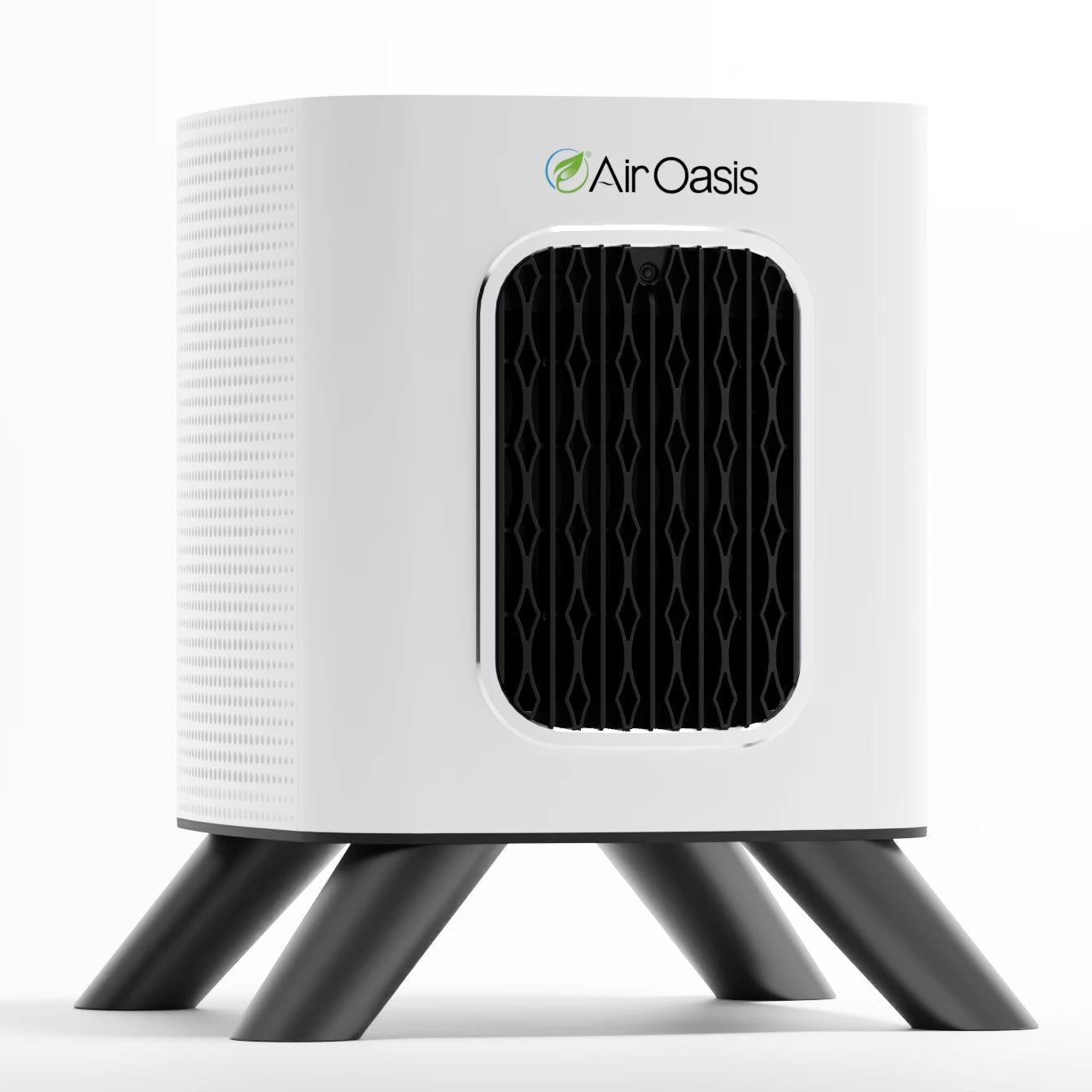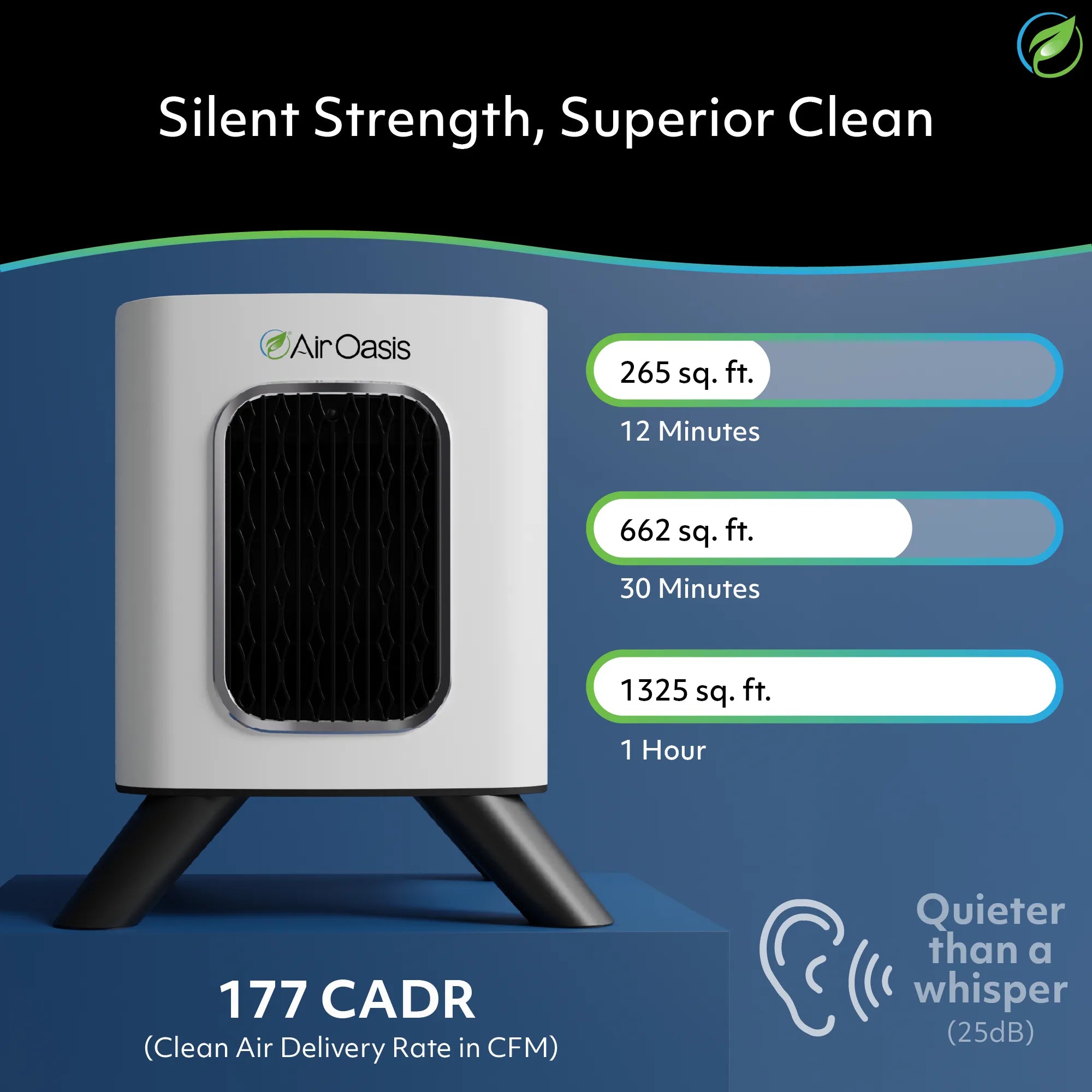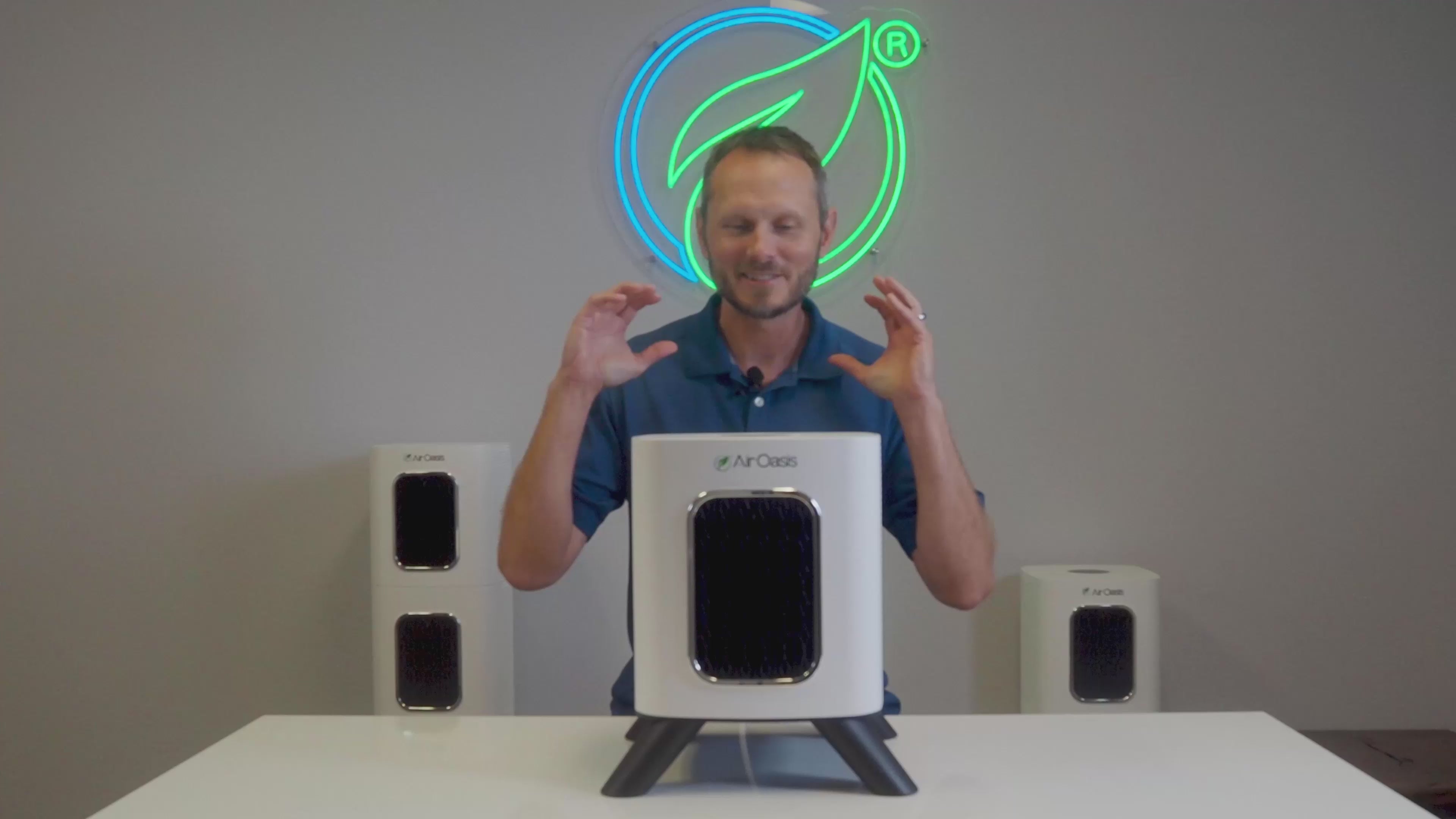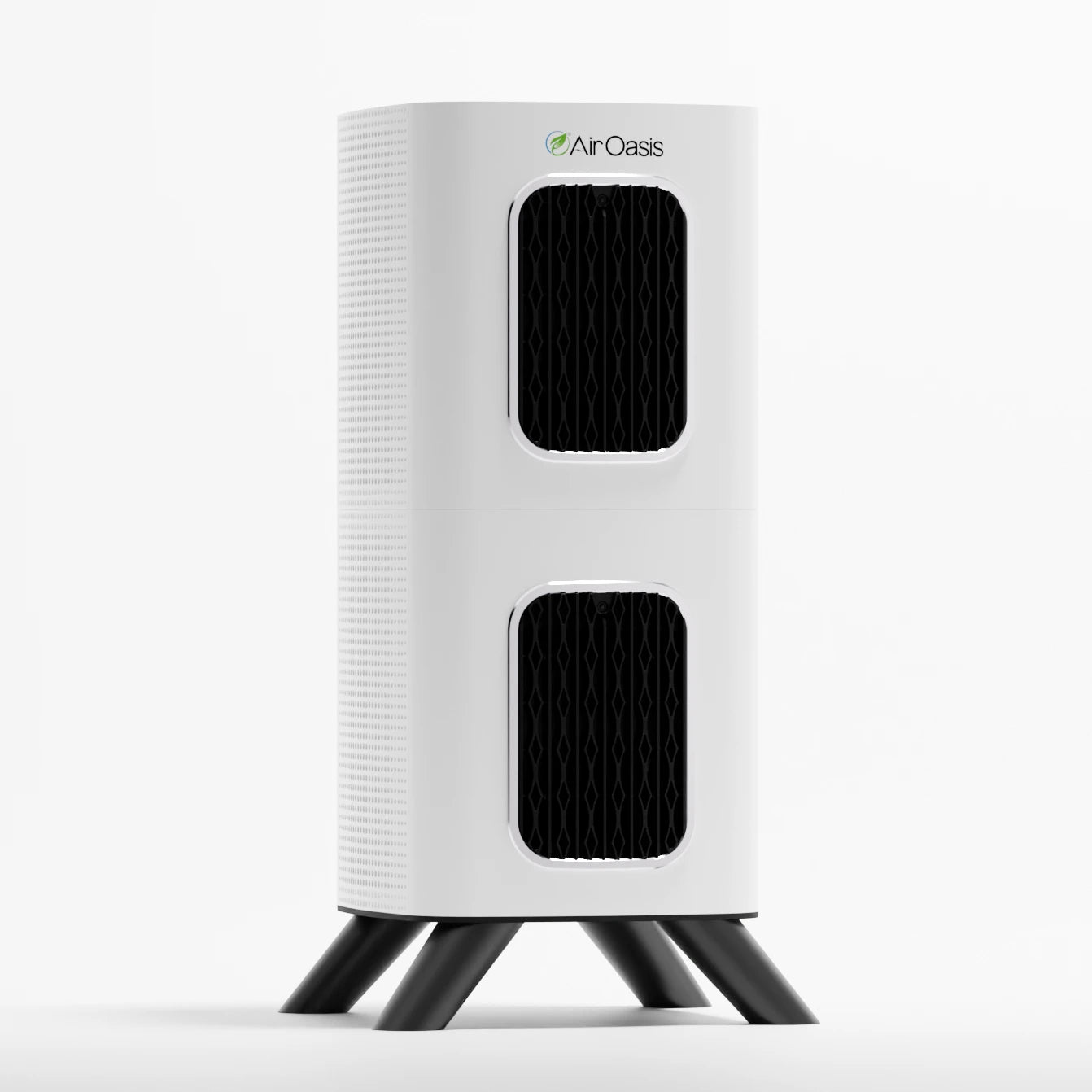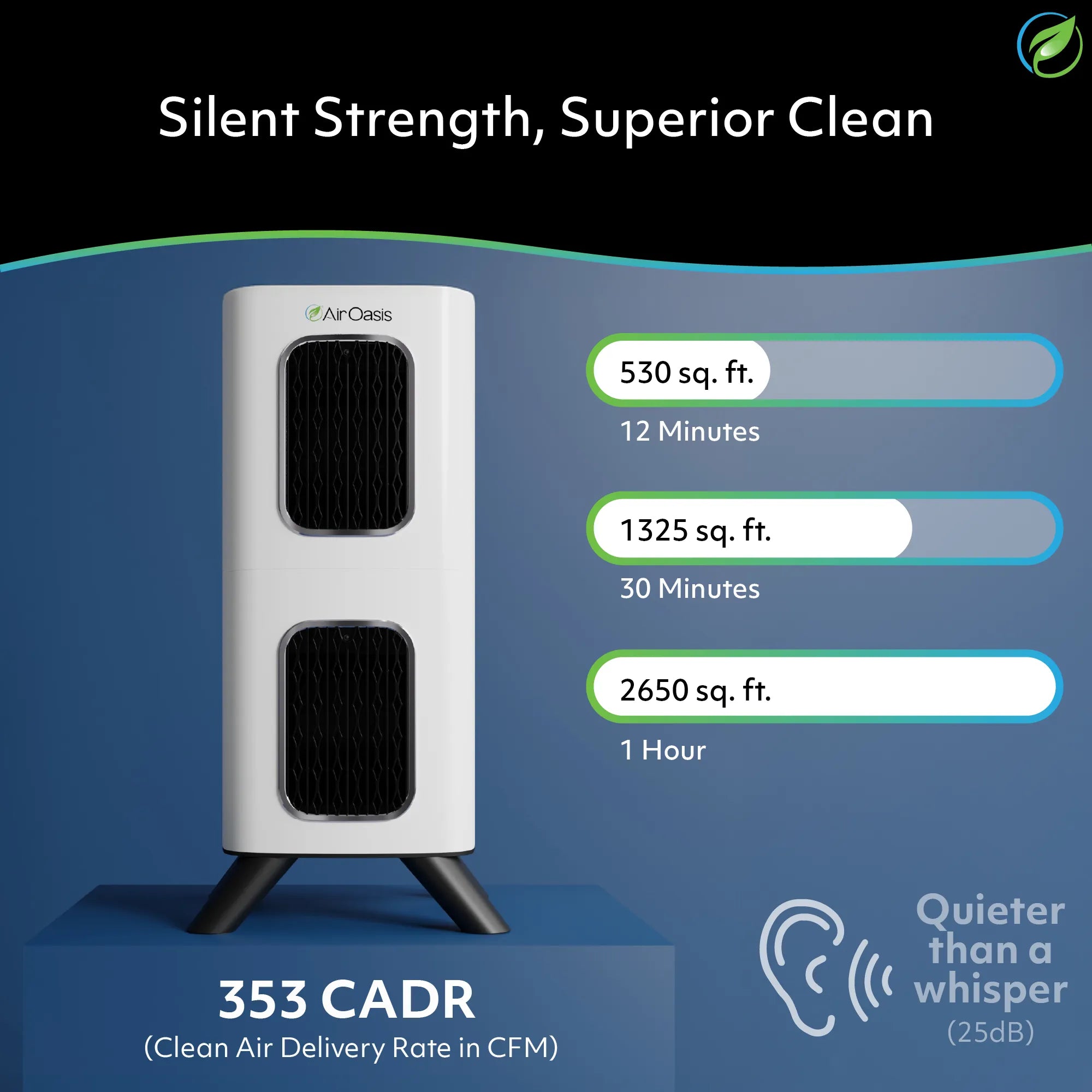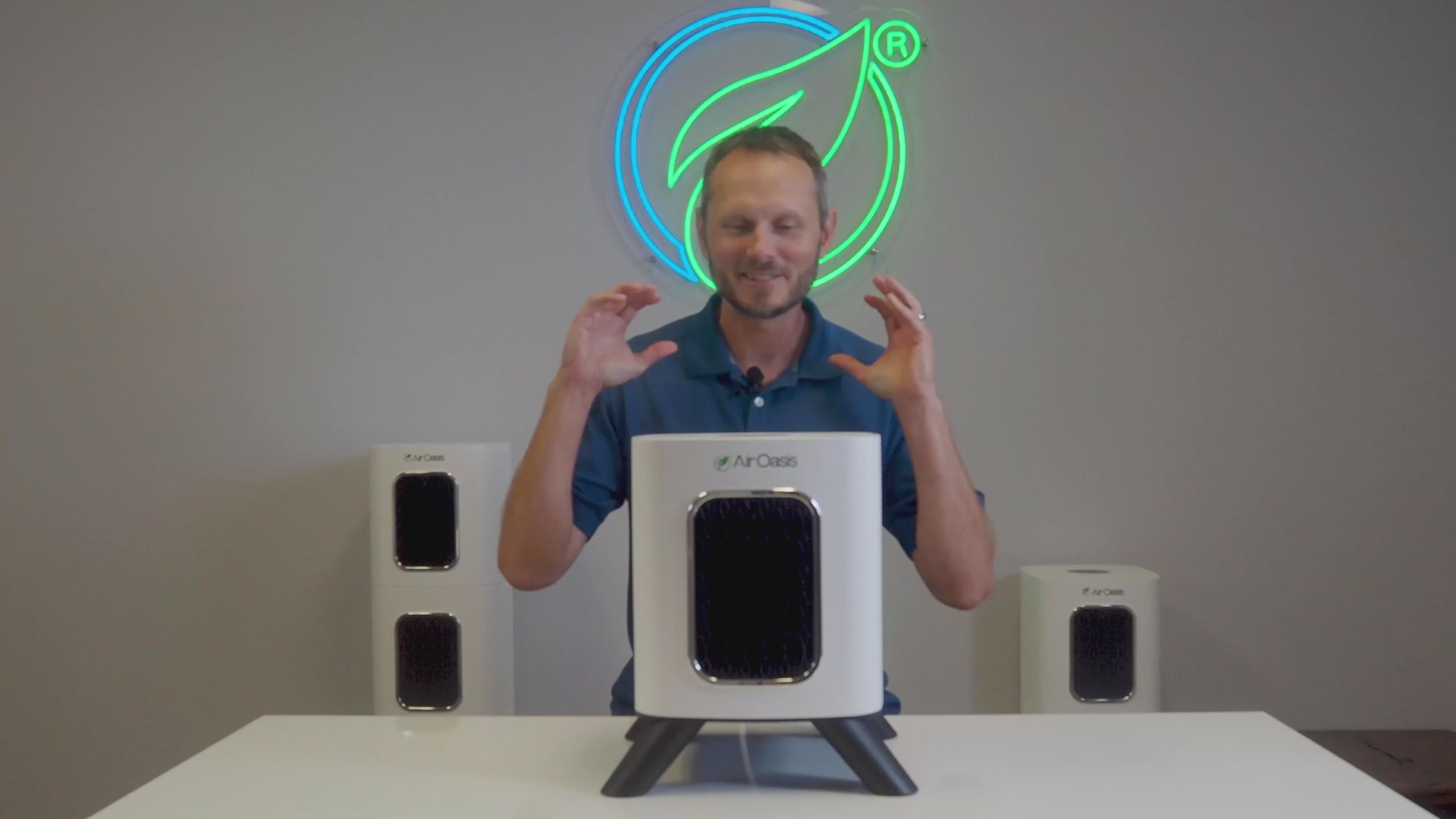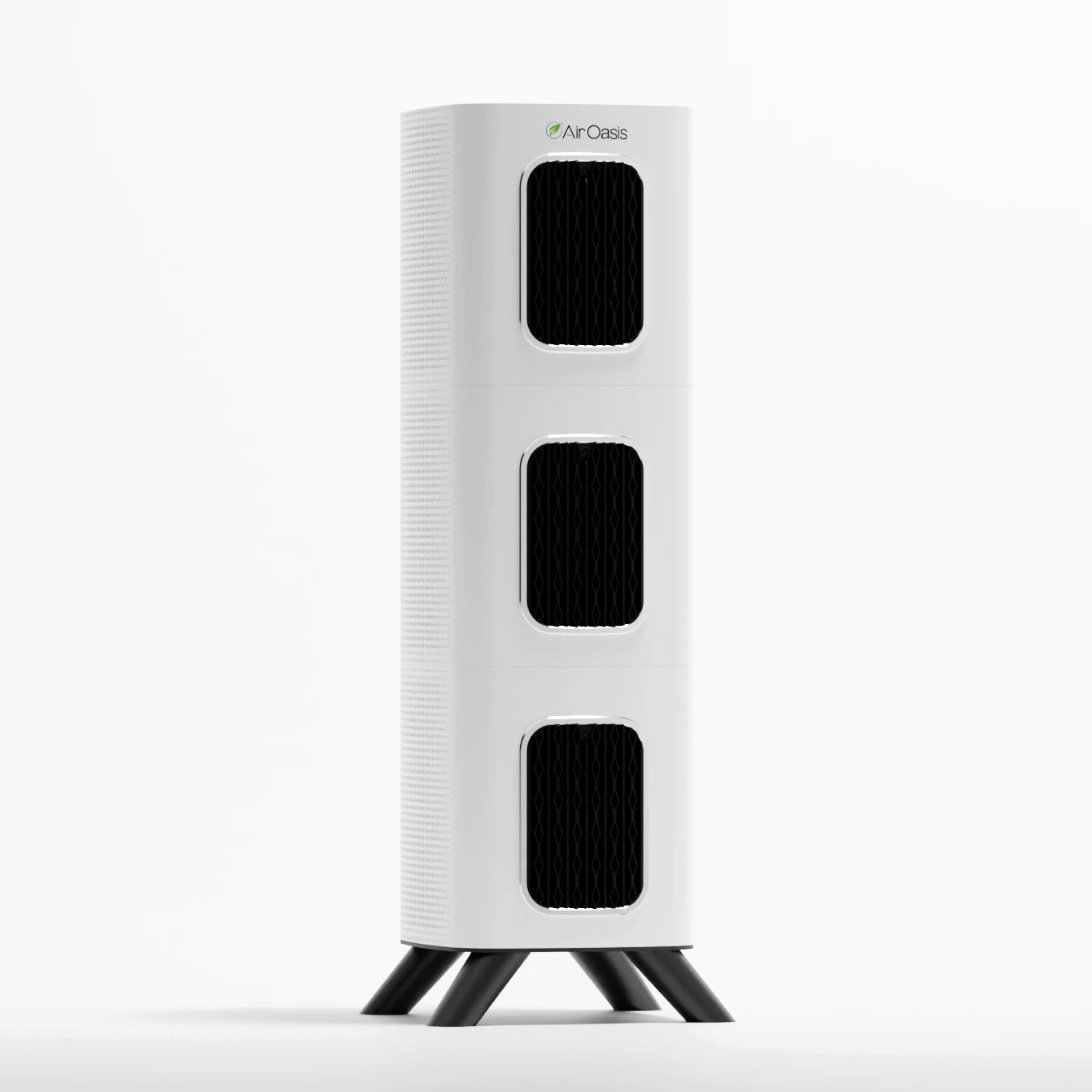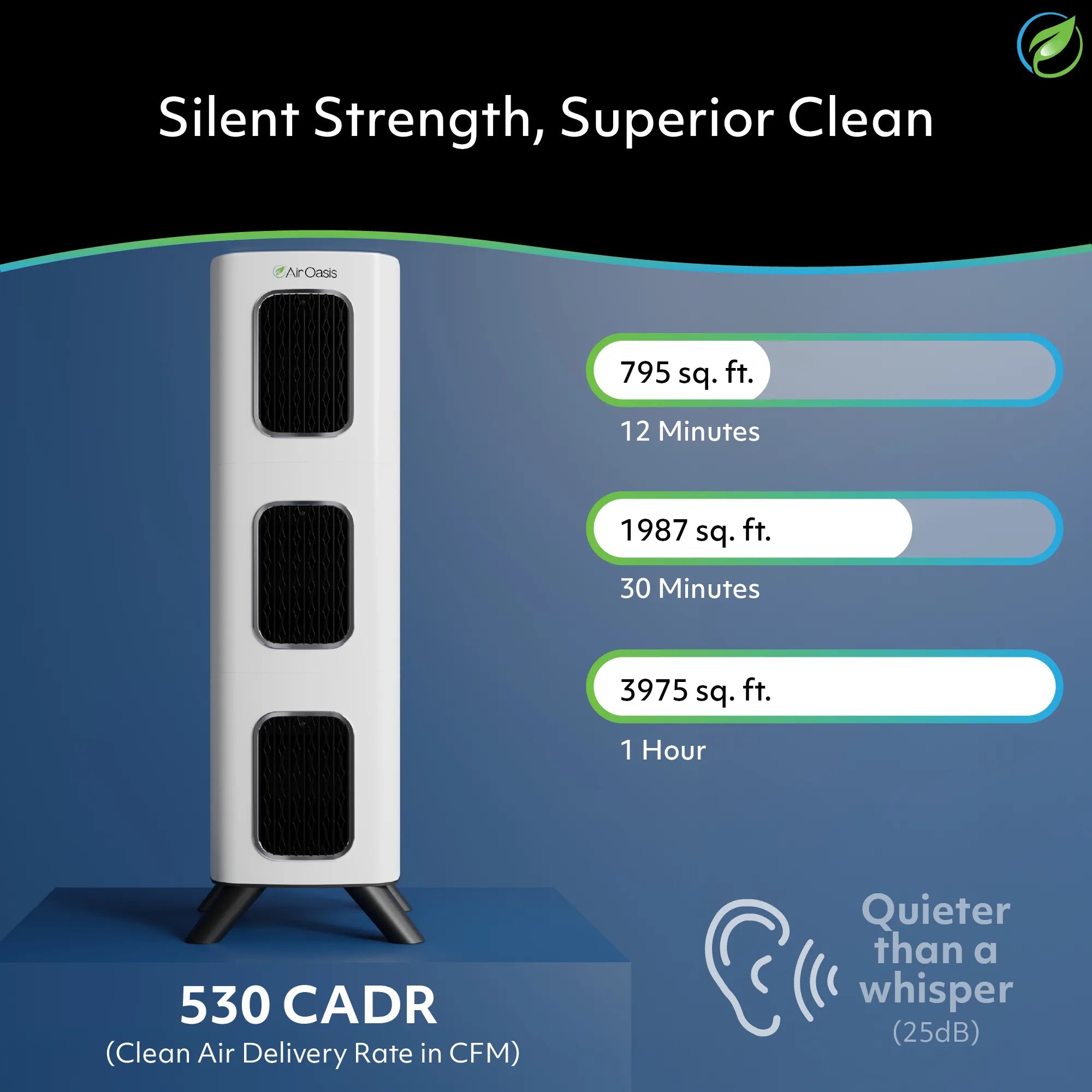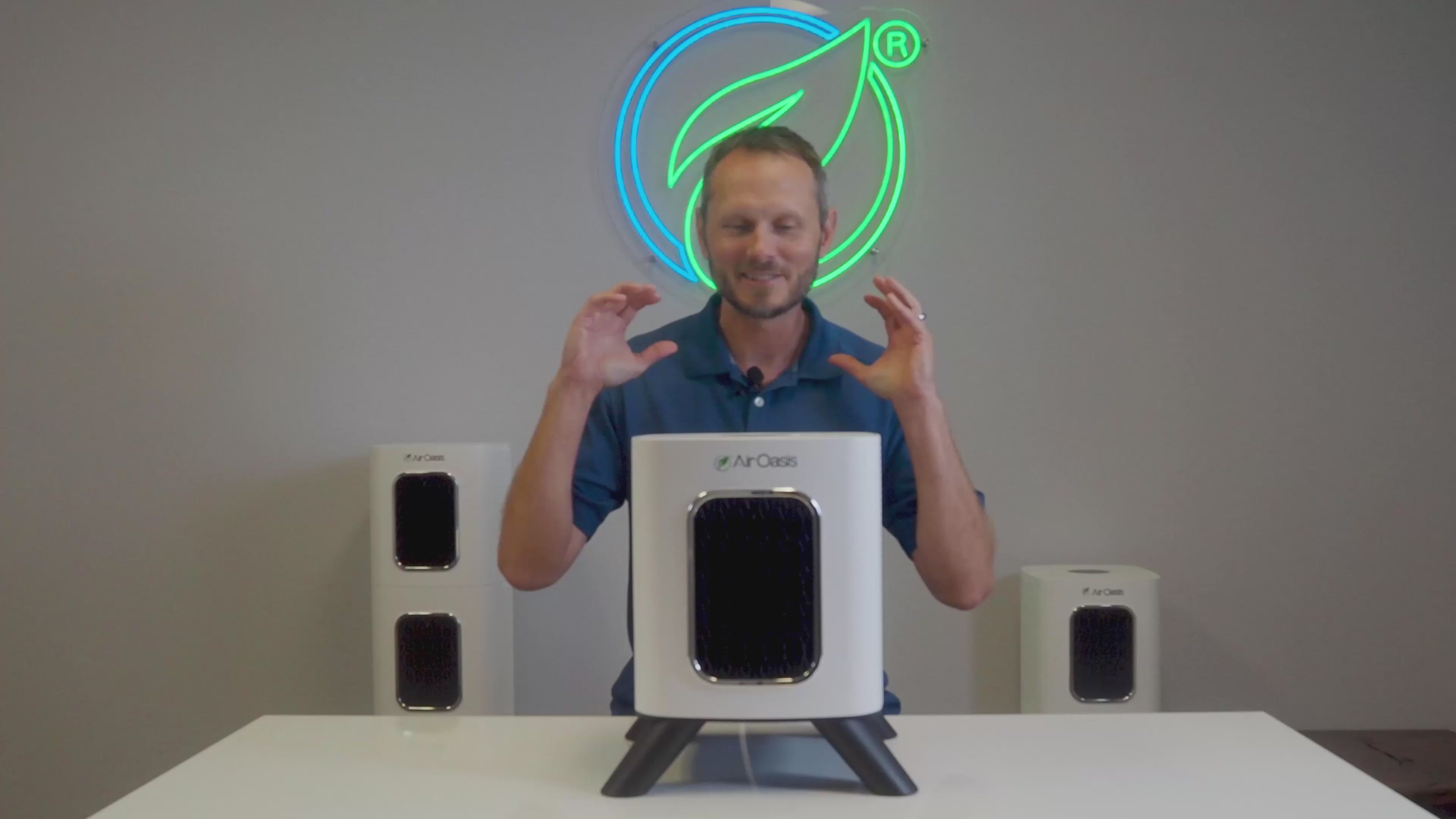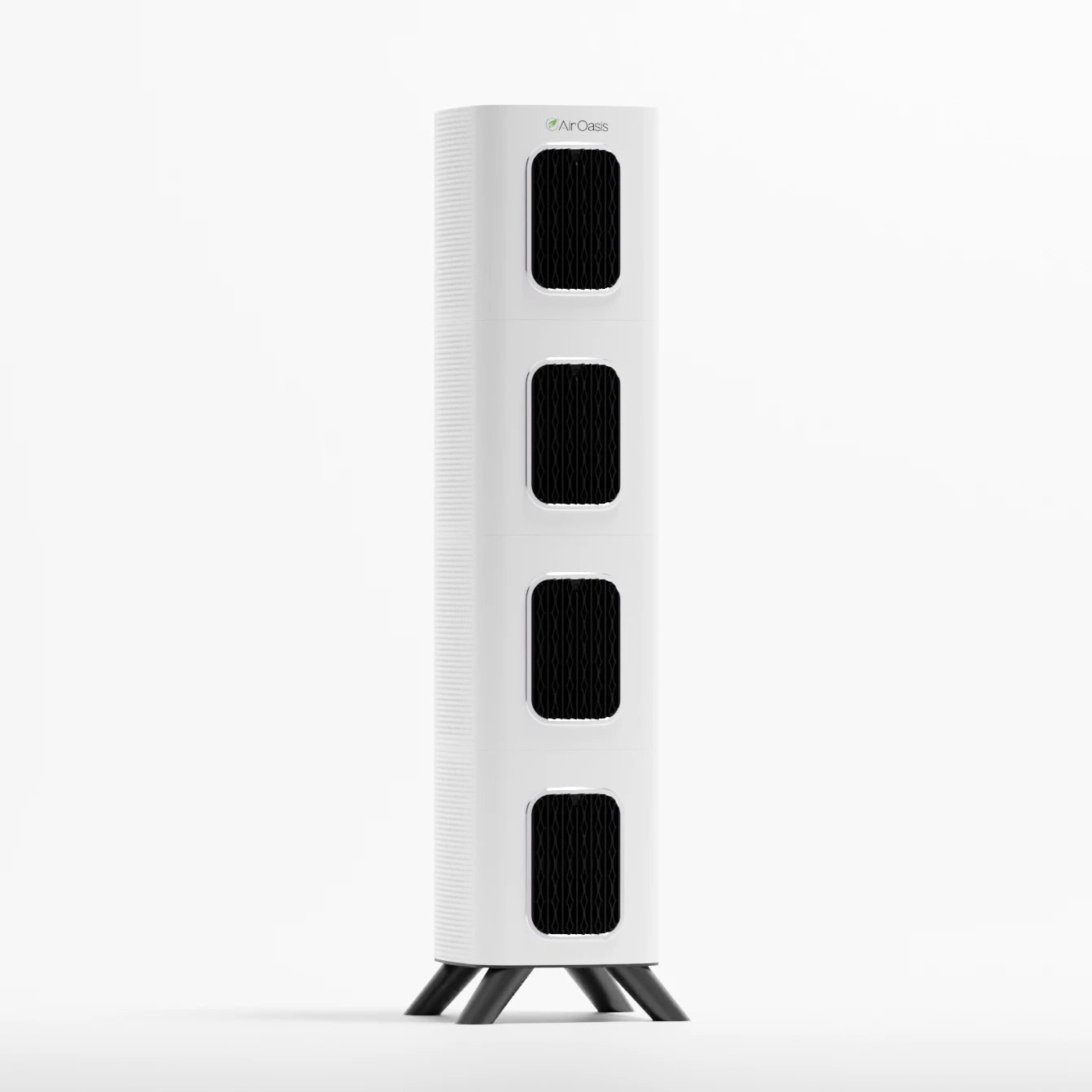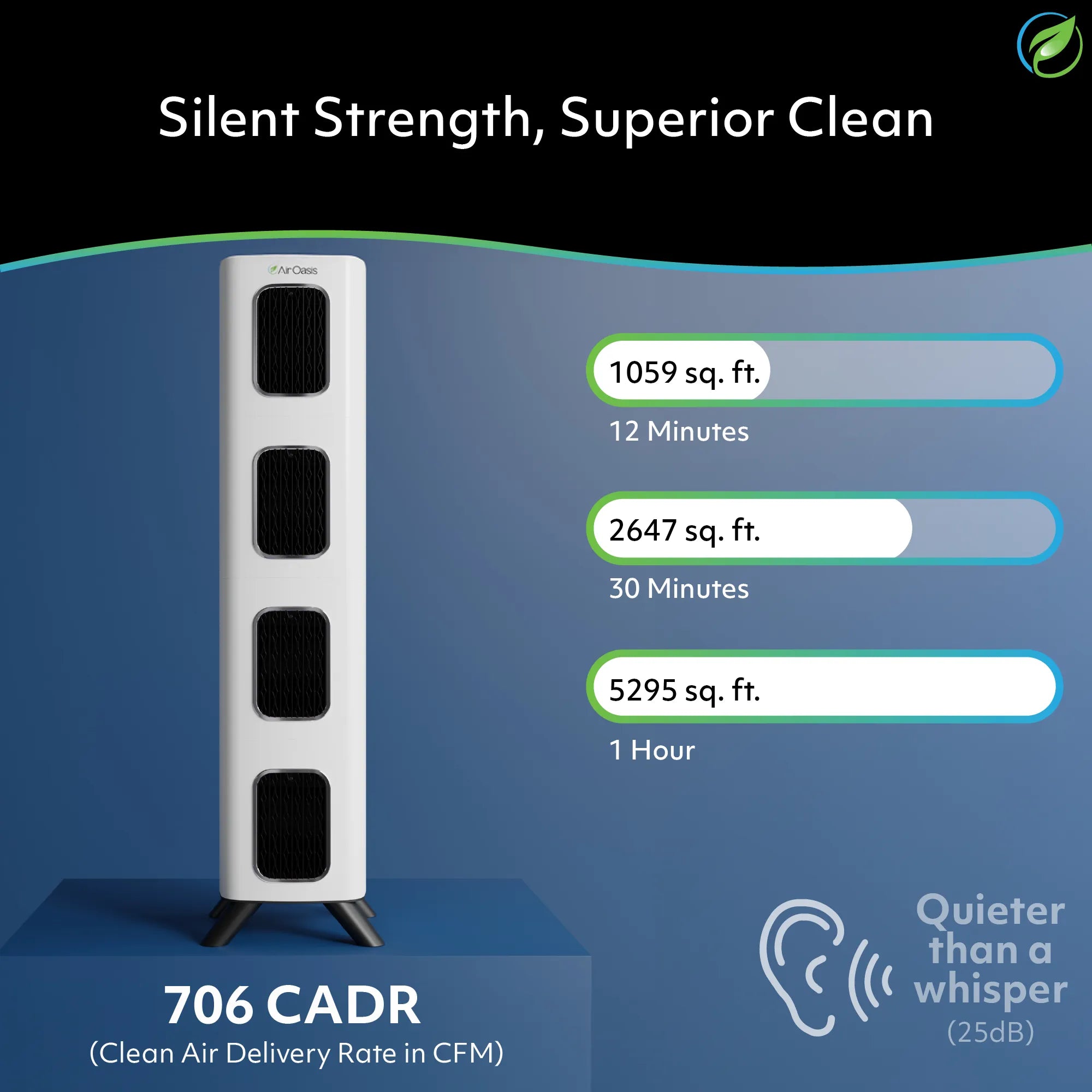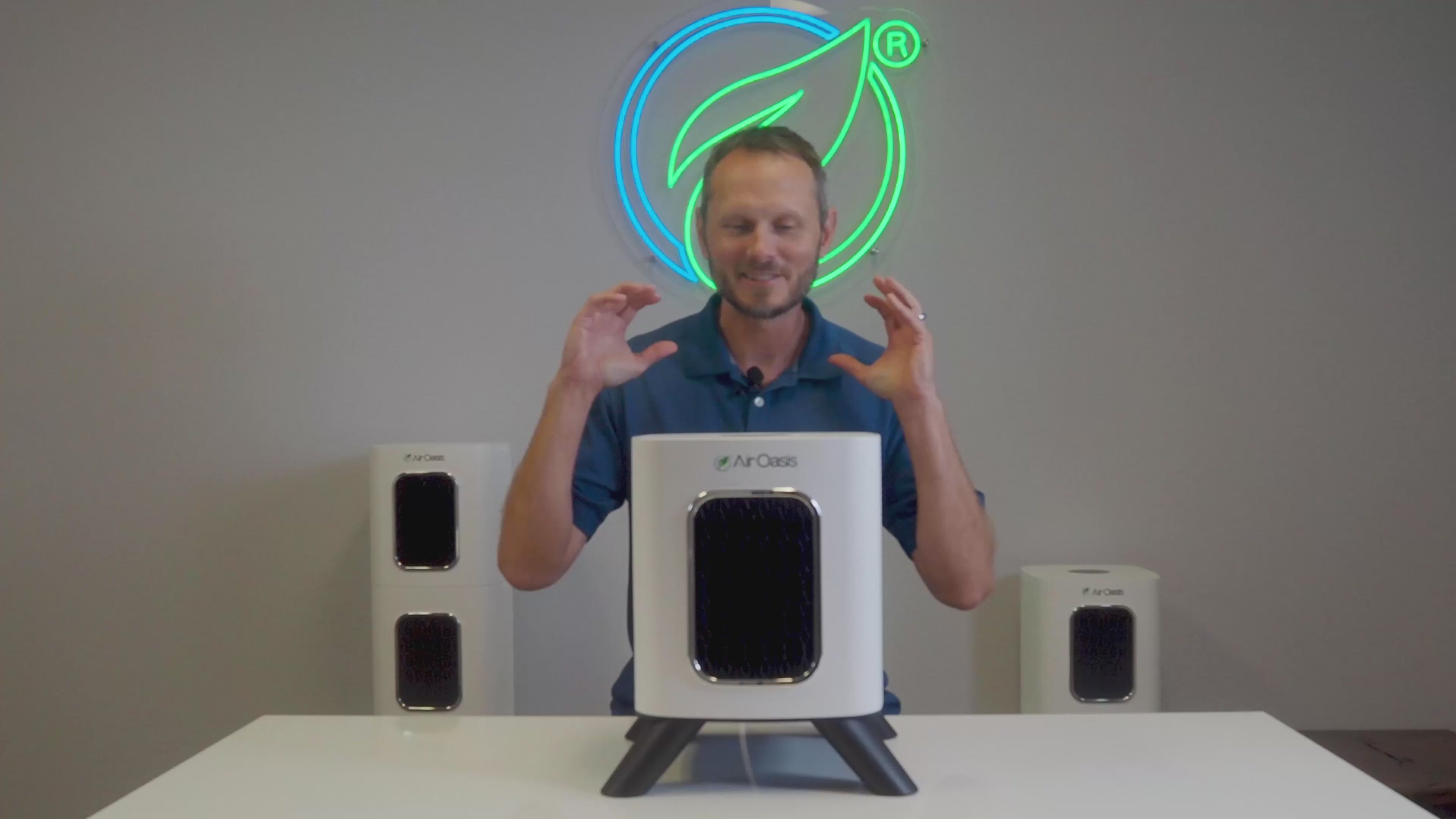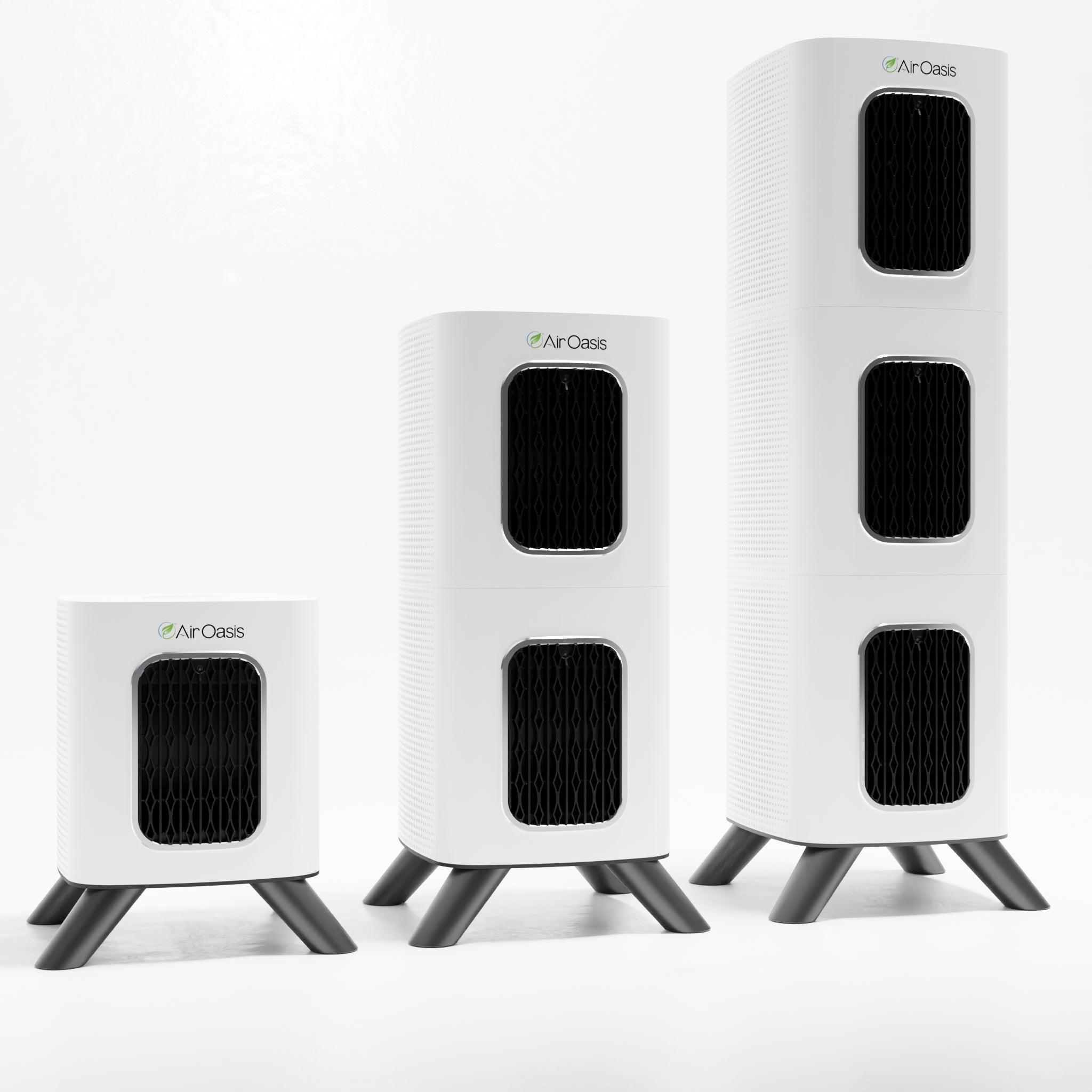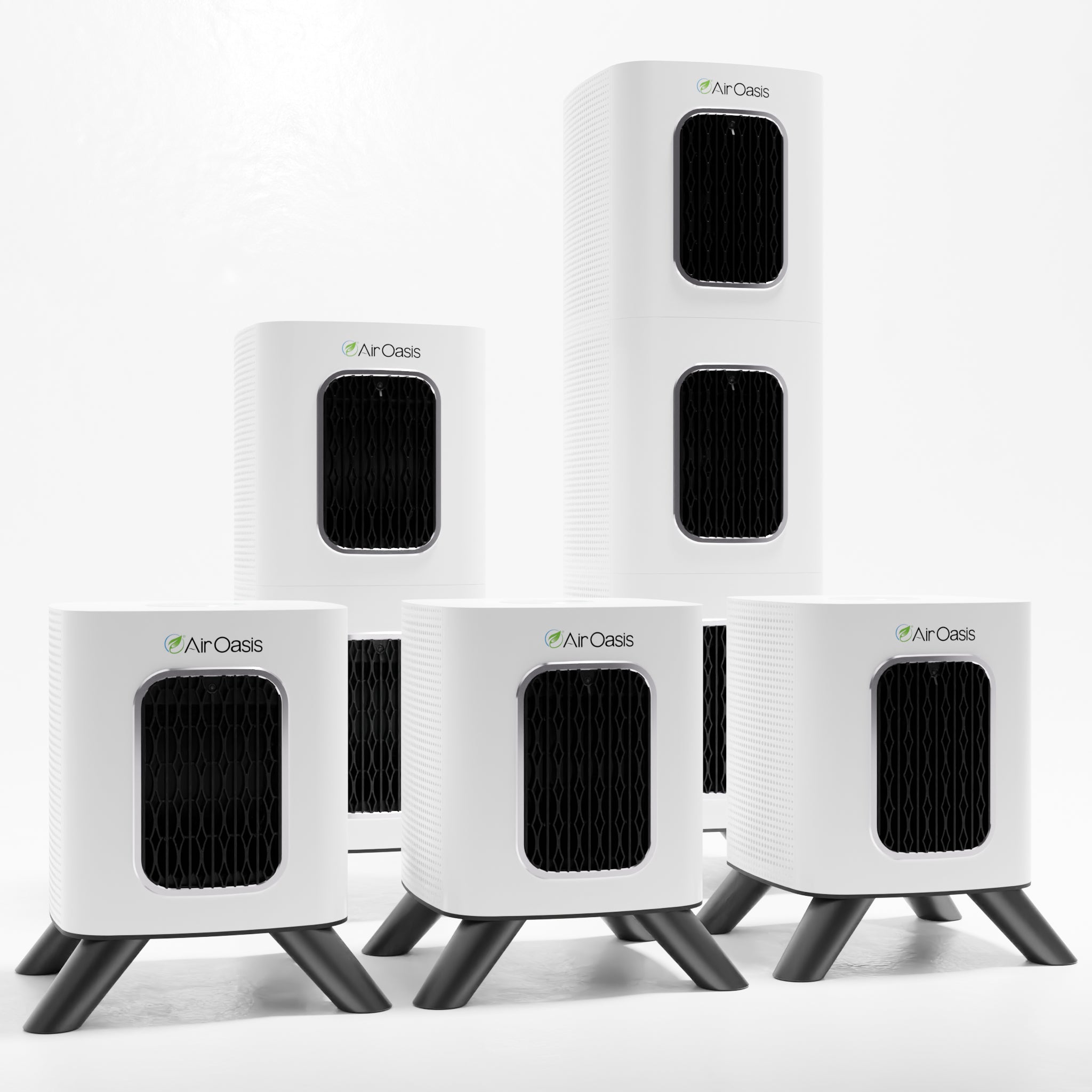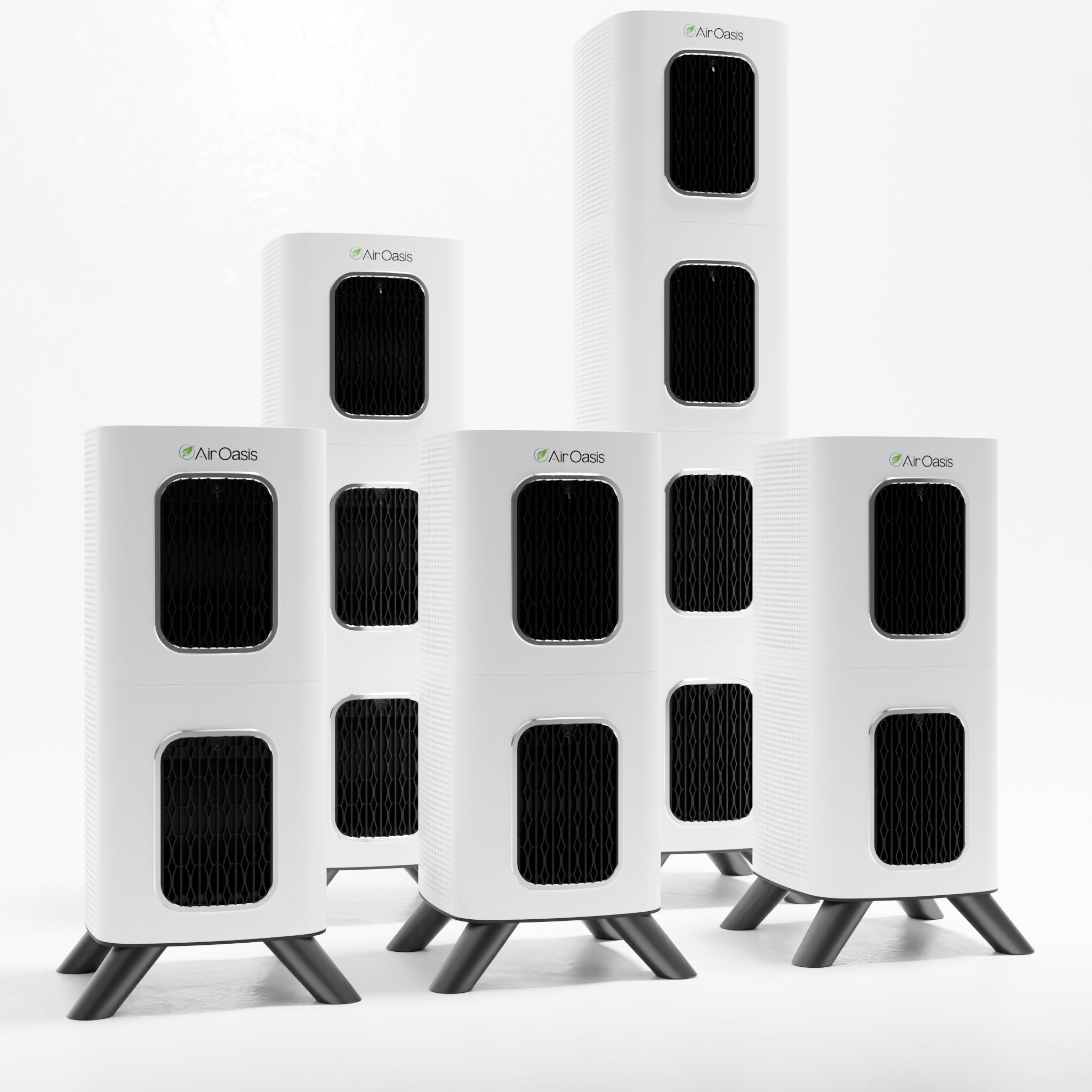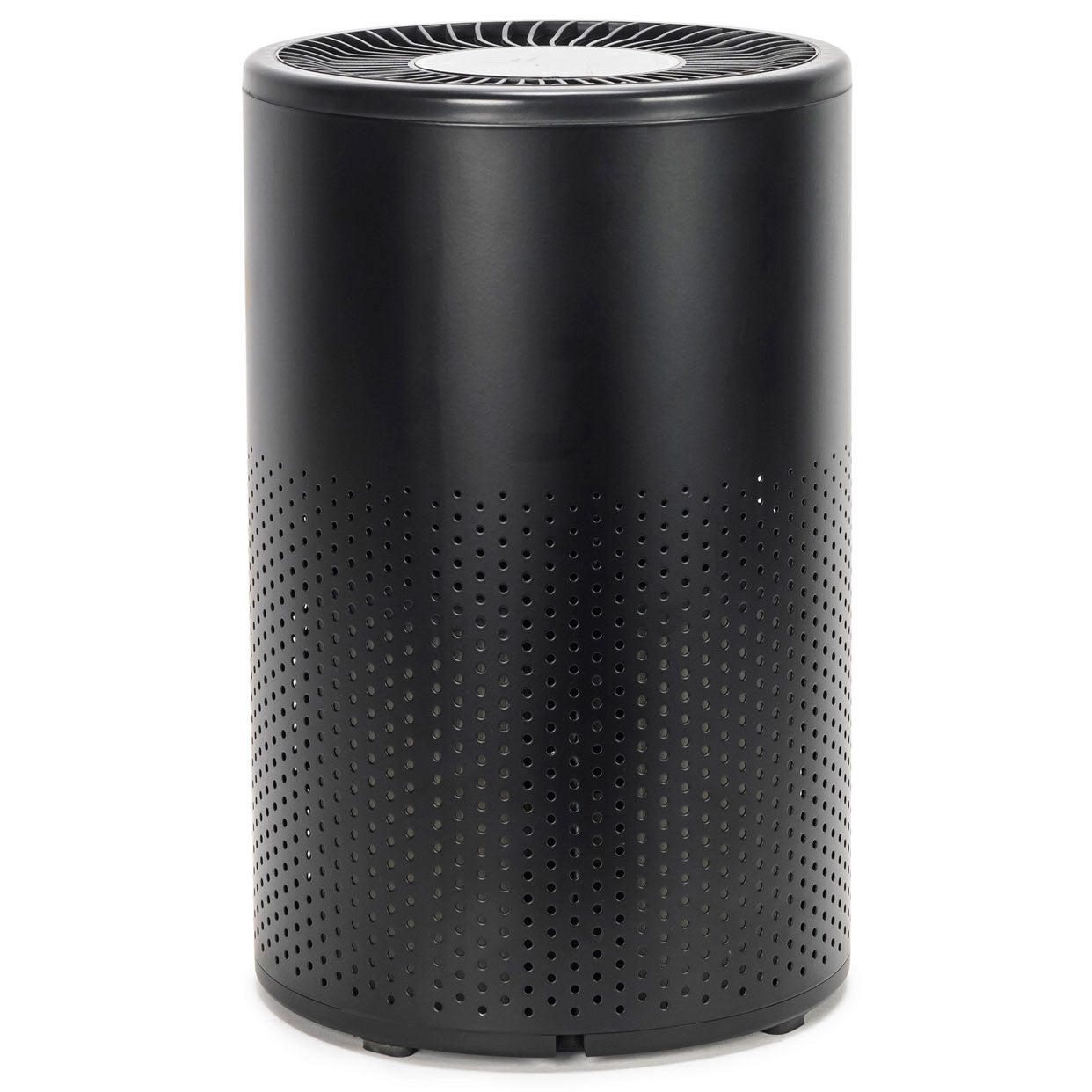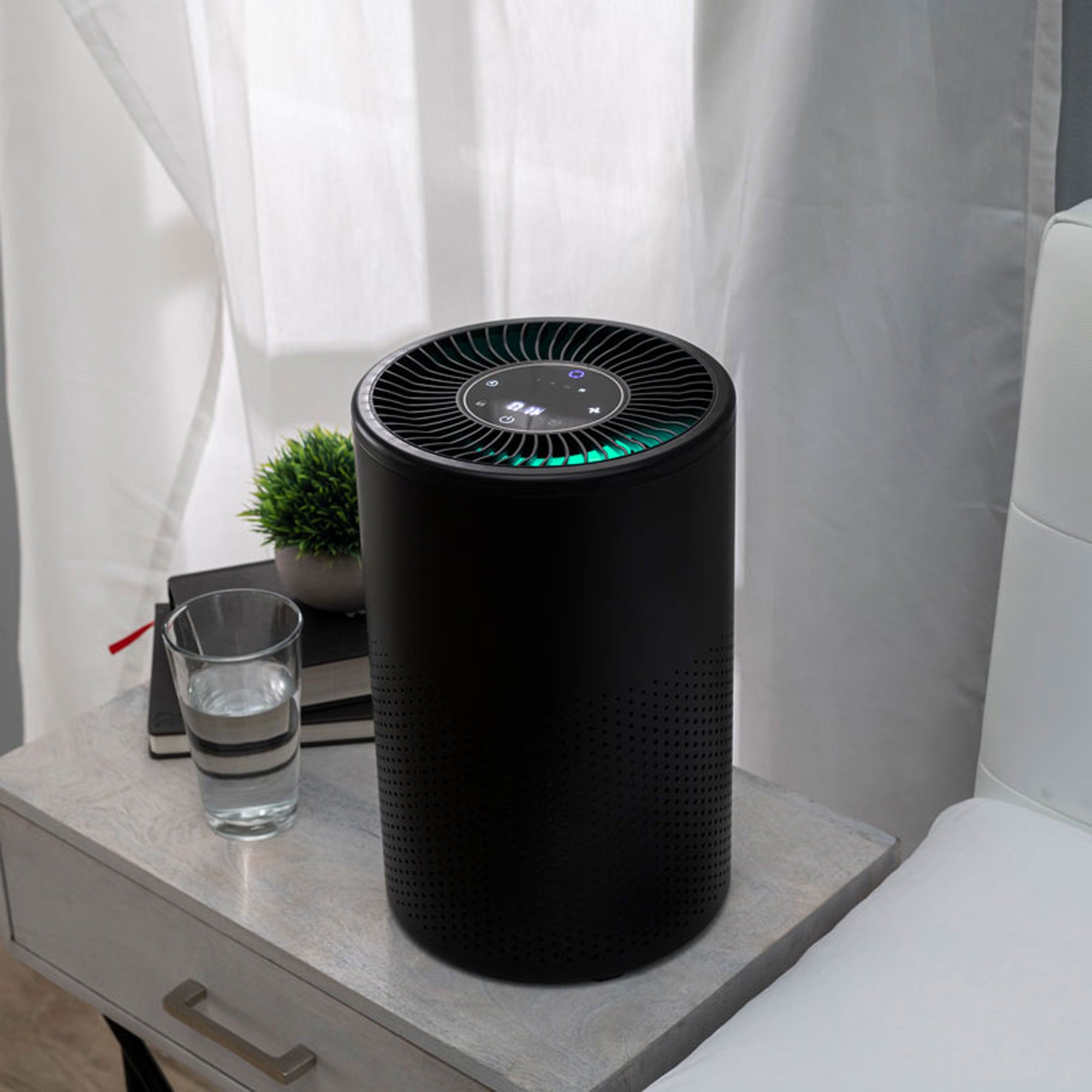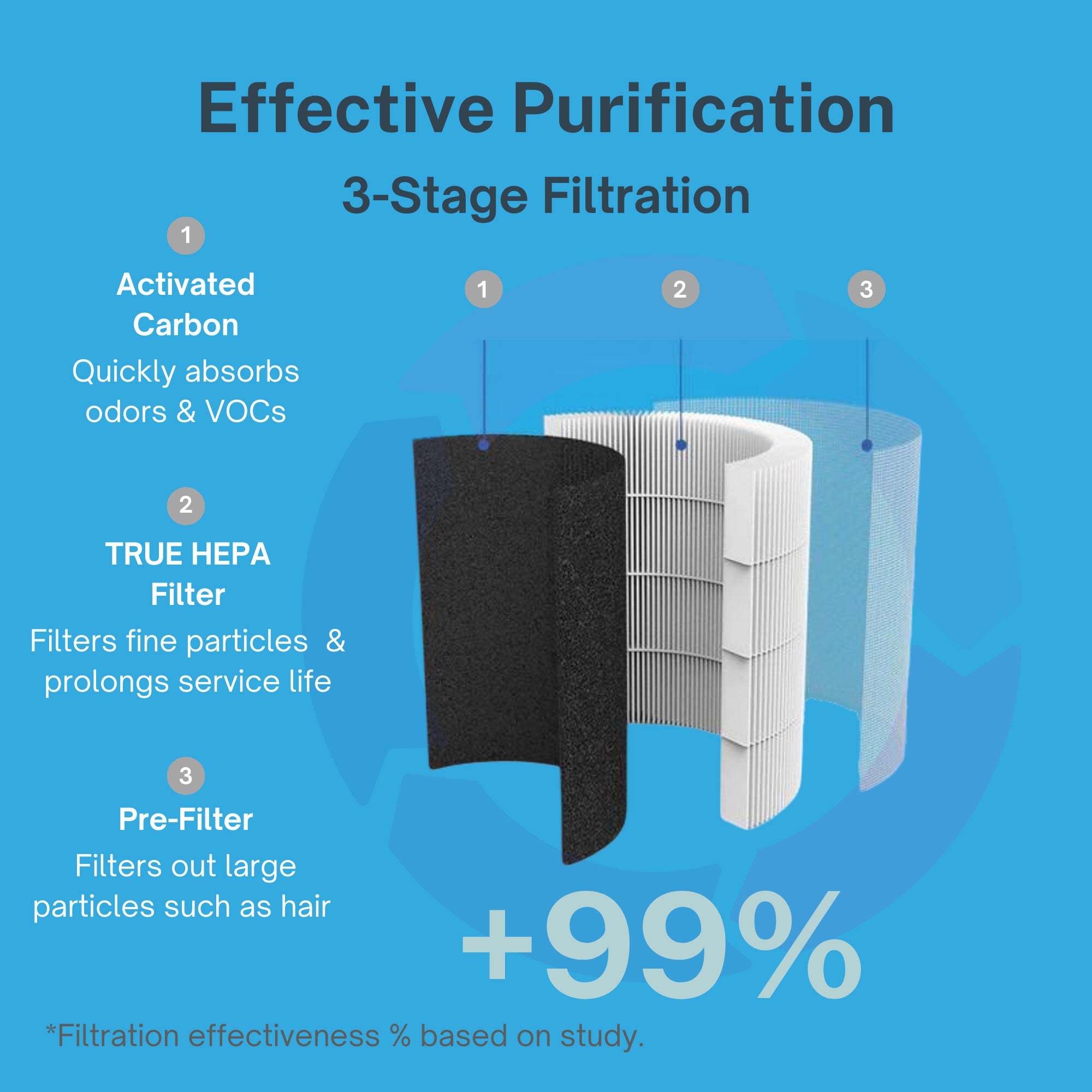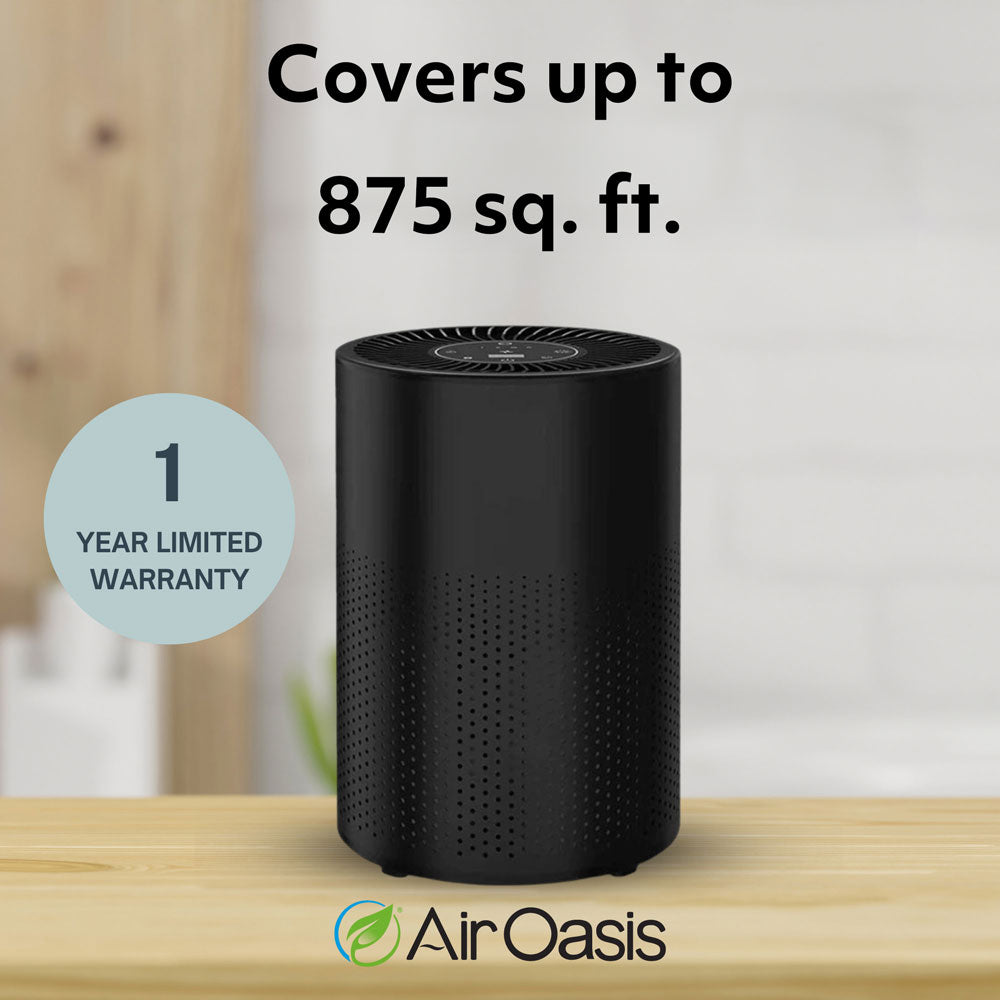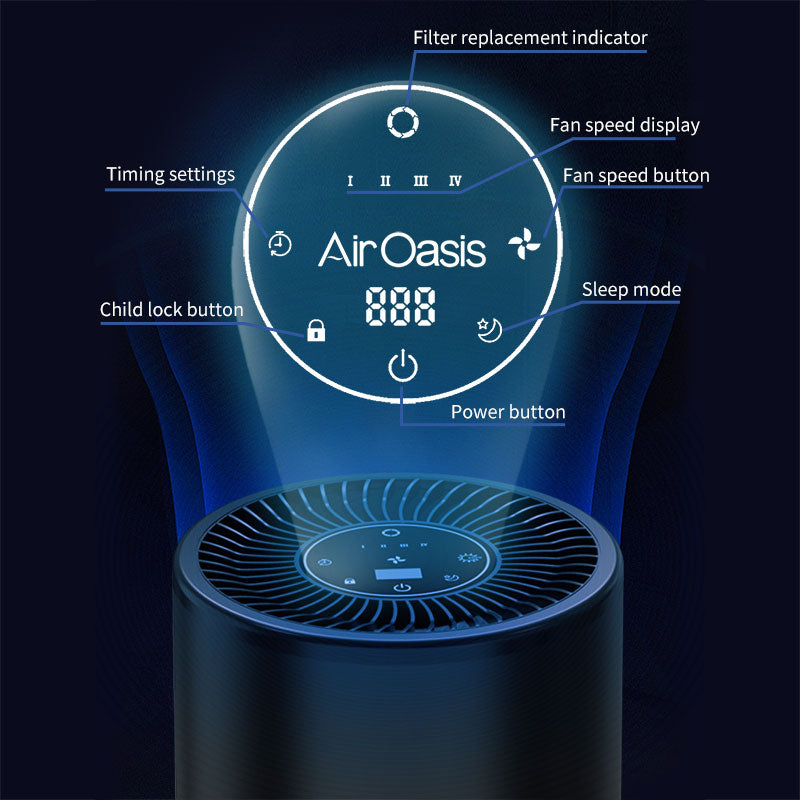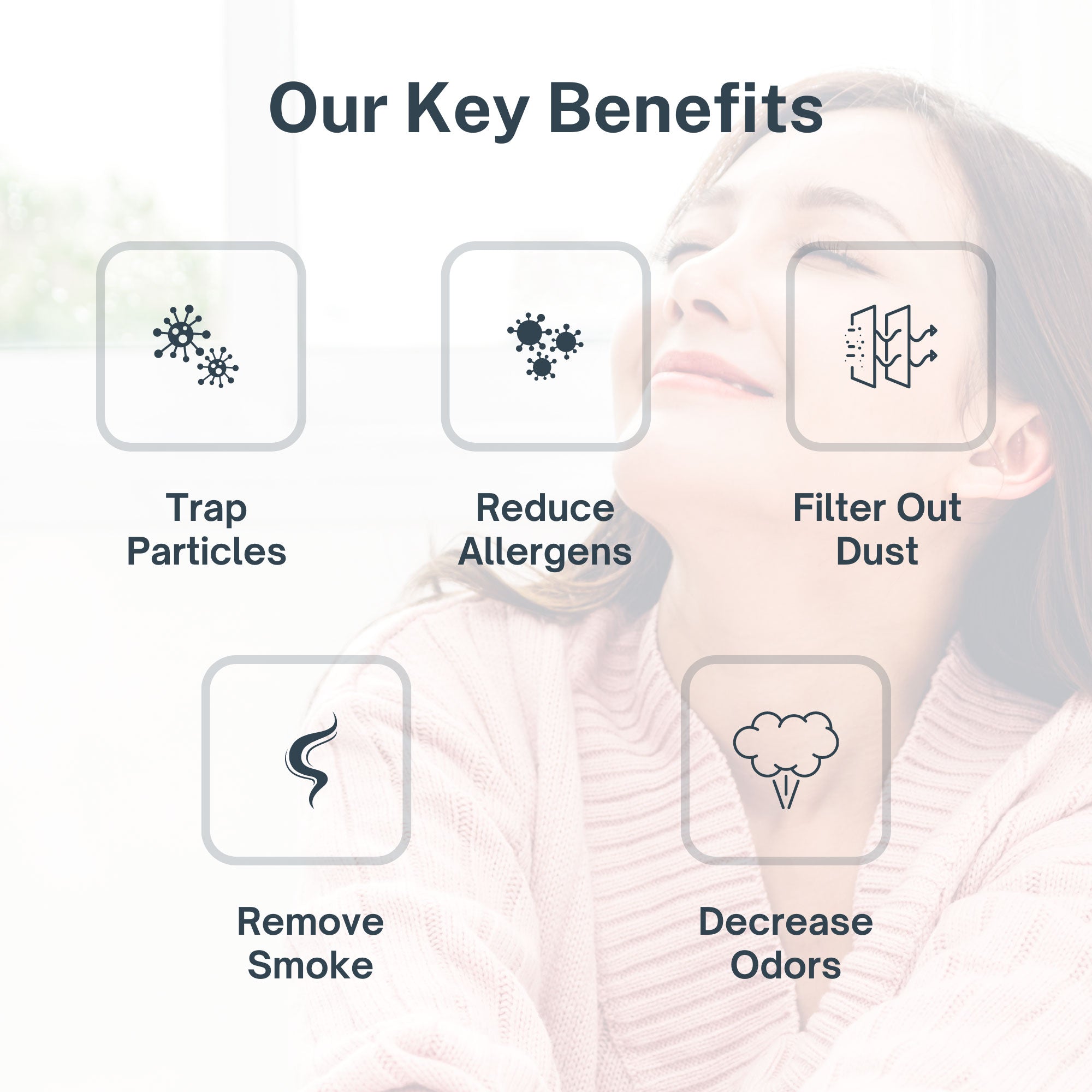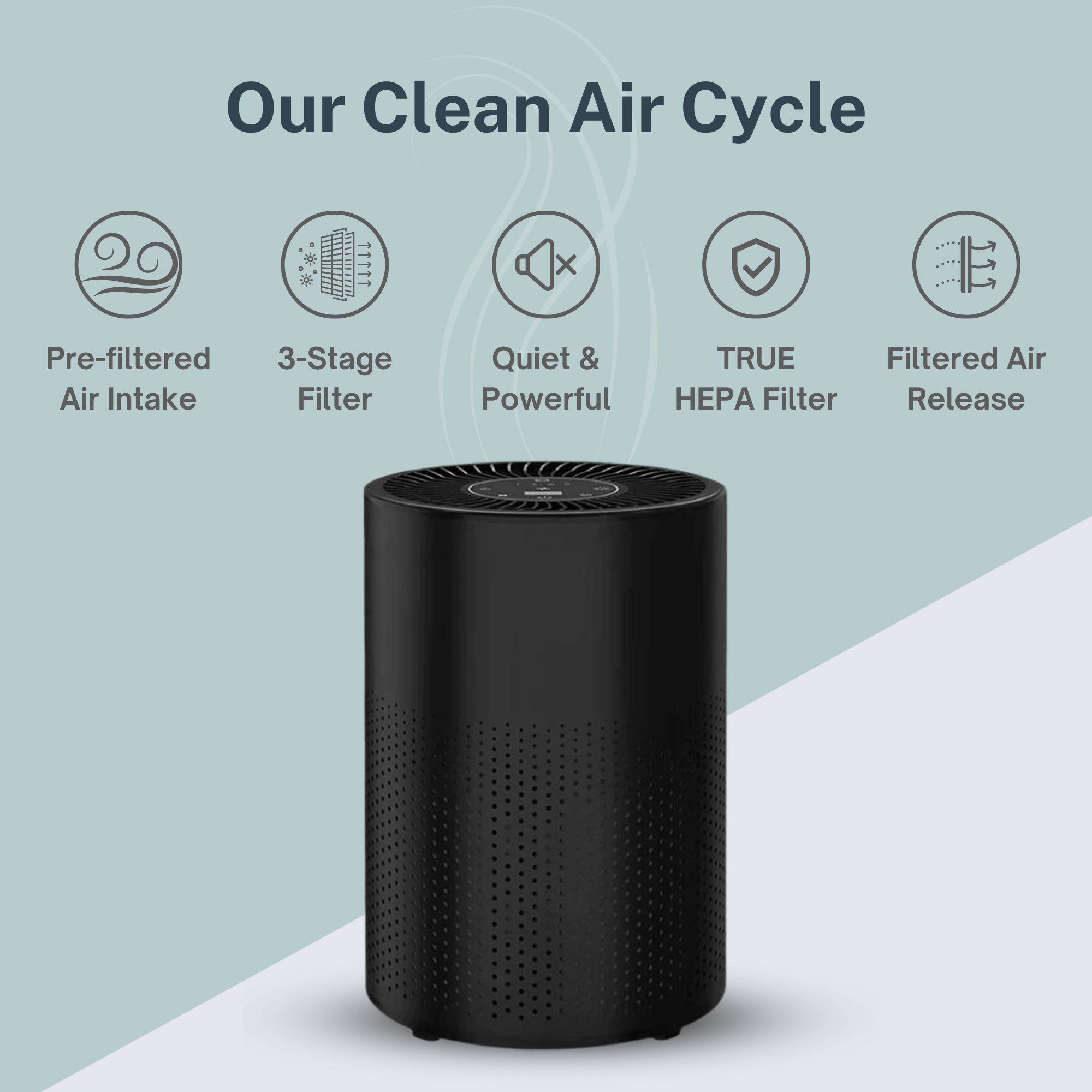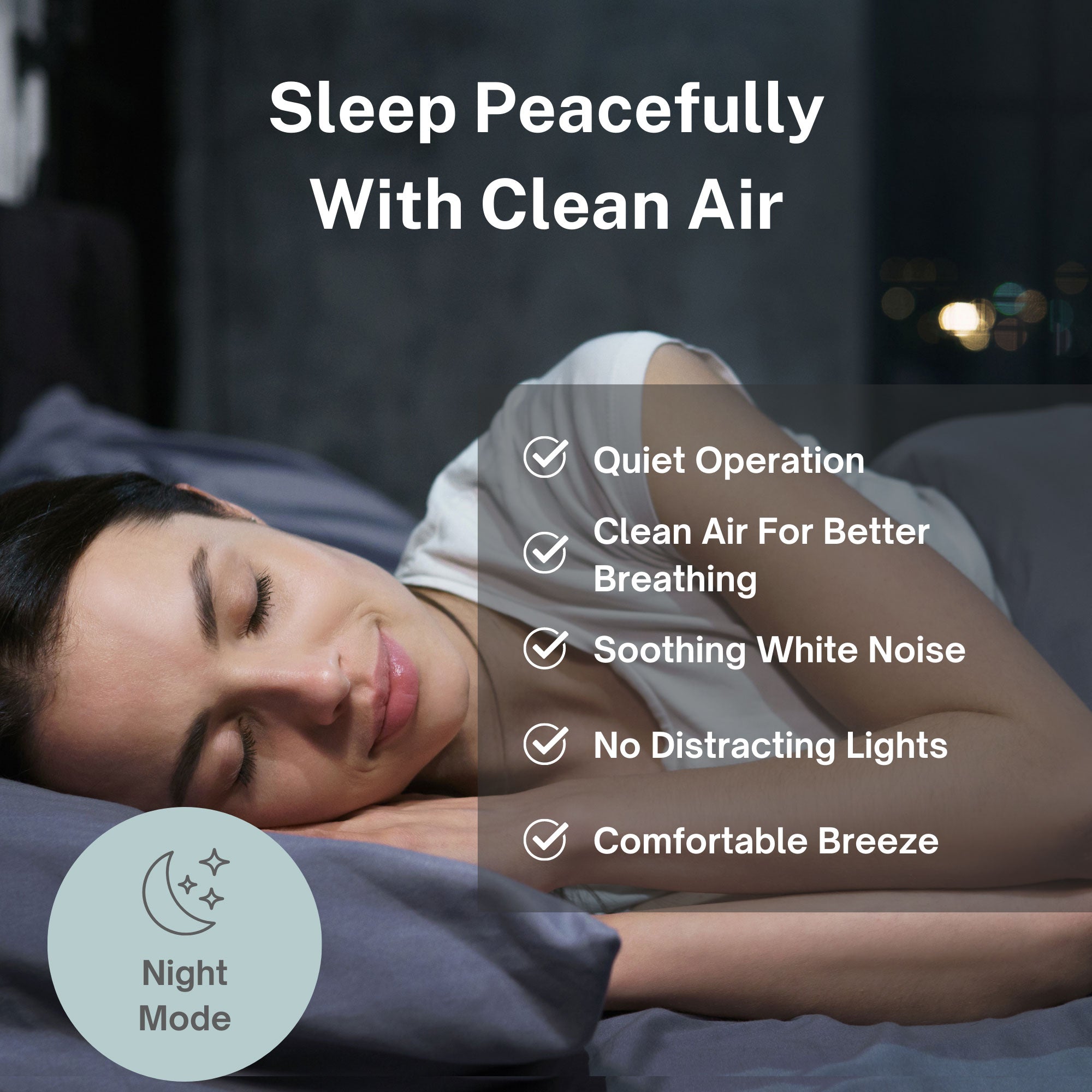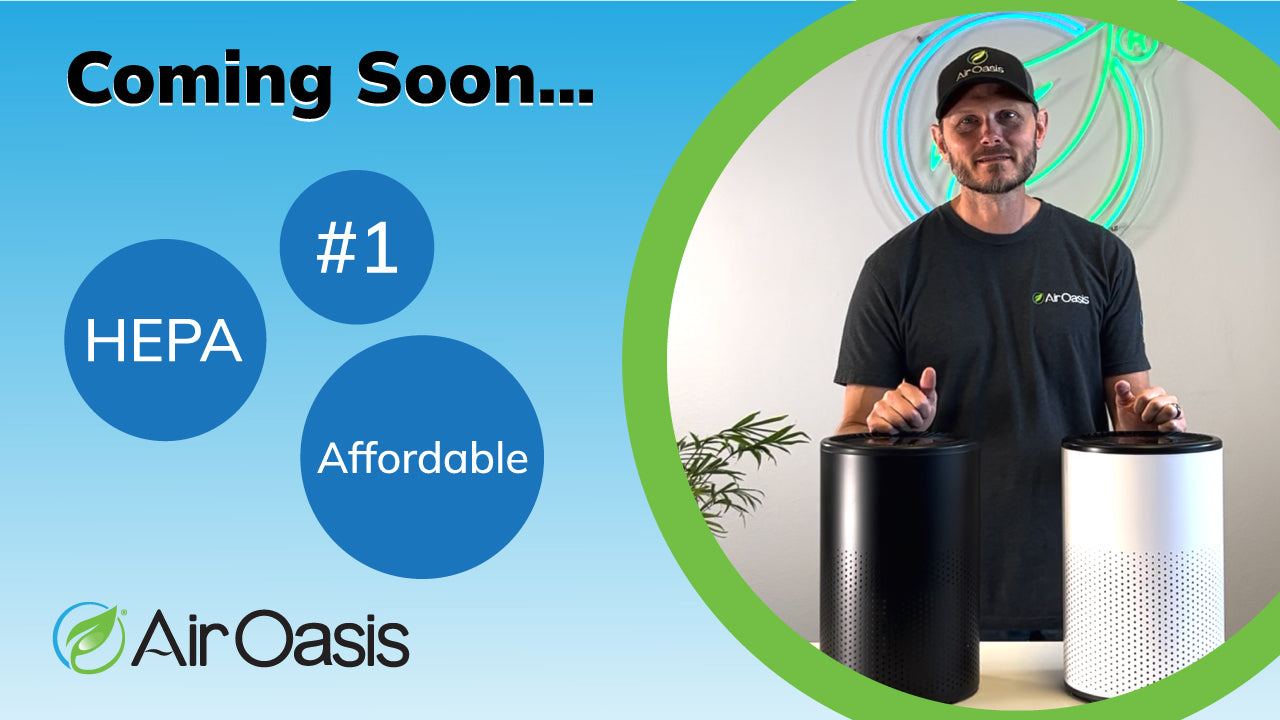As air quality alerts blanket states from Minnesota to Texas to Ohio, what was once considered an exceptional event has become our new normal. Today's nationwide spread of ground-level ozone advisories signals a troubling environmental reality—one that requires us to rethink our approach to clean air as a fundamental health necessity.
The Invisible Nationwide Threat
Today's coordinated air quality advisories span remarkably diverse geographies—from the Upper Midwest to the Southwest to the Great Lakes region. The National Weather Service and state environmental agencies have issued nearly identical warnings across these regions, all citing the dangerous combination of sunny skies, warm temperatures, and low humidity creating perfect conditions for ground-level ozone formation.
What makes this situation particularly alarming is its predictability. Environmental agencies aren't just responding to unexpected pollution spikes—they're forecasting them with increasing precision, indicating these events have become regular, predictable occurrences rather than anomalies. Even more concerning, officials in Minnesota are already warning of likely continued alerts tomorrow, suggesting these pollution events are becoming more persistent.
The warnings carry urgent health implications for sensitive populations spanning vast swaths of America. From Roseau, Minnesota, to San Antonio, Texas, to Cleveland, Ohio, millions of Americans are being told to curtail outdoor activities and limit exertion—essentially, to retreat indoors during what would otherwise be perfect spring weather.
Beyond Inconvenience: The Real Health Impact
For the approximately 25 million Americans living with asthma, 16 million with COPD, and millions more with heart conditions, these air quality advisories aren't mere inconveniences—they represent genuine health threats. As Professor Jonathan Grigg noted in his comments to Newsweek, children face particular risks as their developing lungs can suffer permanent developmental impacts from pollution exposure.
Even more troubling is the fact that the orange AQI level—"Unhealthy for Sensitive Groups"—represents a threshold where health officials begin recommending preventive action, but actual health impacts may occur at even lower levels. For those already struggling with respiratory conditions, the inflammatory response to ozone can trigger breathing difficulties, increased medication usage, and potentially serious exacerbations requiring medical intervention.
What makes ground-level ozone particularly insidious is its timing—forming primarily during afternoon and early evening hours when children are typically most active outdoors. This creates an impossible choice for parents: keep children inside during prime play hours or risk exposing developing lungs to harmful pollution.
The Indoor Air Quality Gap
While officials across multiple states encourage sensitive populations to remain indoors during these alerts, a critical gap exists in public health messaging. The assumption that indoor environments automatically provide adequate protection is often unfounded, particularly in homes without proper air filtration.
Indoor spaces without targeted air purification often mirror outdoor pollution levels with a slight delay, as ozone and other pollutants infiltrate through ventilation systems, open windows, or normal building leakage. For vulnerable individuals retreating indoors during air quality alerts, this false sense of security can be particularly dangerous.
Creating truly protective indoor environments requires proper air purification technology specifically designed to address ozone and other gaseous pollutants. Advanced air purifiers with activated carbon filtration target ozone molecules that standard HVAC filters miss. When combined with true HEPA filtration that captures particulate matter, these systems create comprehensive protection against the full spectrum of outdoor pollution that makes its way inside.
For sensitive individuals—including the children, elderly, and those with respiratory conditions specifically named in today's alerts—a proper indoor air strategy isn't a luxury but an essential health intervention that allows them to breathe safely when outdoor conditions deteriorate.
Climate Connection: Why This Problem Is Growing
The multi-state nature of today's alerts highlights how climate change is amplifying air pollution challenges nationwide. The "mostly sunny skies, warm temperatures, and low humidity" cited by multiple agencies as driving ozone formation represent conditions predicted to become increasingly common as our climate warms.
AccuWeather meteorologist Brandon Buckingham explained this connection clearly, noting that "ozone is a secondary pollutant" formed through chemical reactions requiring "sunlight and higher temperatures." As climate change drives more frequent and intense heat events, the chemical reactions creating ozone accelerate—generating more pollution even without increased emissions.
This climate-pollution feedback loop means communities must prepare for more frequent air quality alerts even as emission control technologies improve. The days when air pollution was primarily a concern for major industrial centers are behind us—as demonstrated by today's alerts affecting communities from rural Minnesota to urban Texas.
Moving Beyond Reactive Measures
As these multi-state air quality events become more common, we need to shift from reactive to proactive approaches. Rather than scrambling when alerts are issued, individuals and communities should develop air quality action plans that include:
- Creating designated clean air rooms in homes with appropriate air purification technology
- Installing proper whole-home air purification systems that address both particulate and gaseous pollutants
- Establishing community clean air shelters where vulnerable populations can gather during extended pollution events
- Incorporating air quality considerations into school and workplace policies
This infrastructure-based approach treats clean air as the essential resource it is—something we cannot take for granted and must actively manage, particularly as climate change alters atmospheric conditions nationwide.
For individuals, investing in proper indoor air purification technology provides immediate protection while supporting longer-term health. Research consistently shows that improved air quality correlates with better respiratory outcomes, reduced healthcare utilization, and enhanced quality of life for those with chronic conditions.
Beyond Today's Alerts: A Call for Clean Air Consciousness
While today's alerts will expire by midnight in most affected areas, the underlying issues driving these multi-state air quality challenges will persist. The combination of climate change, continued fossil fuel dependence, and chemical emissions means air quality management must become a permanent part of public health strategy rather than an occasional response to alerts.
Creating clean air consciousness requires both collective action through policy and individual responsibility through personal air quality management. Every American deserves clean air, regardless of their health status, age, or location. When outdoor air fails to meet this standard—as it does today across much of the country—we must ensure indoor environments provide the protection our health requires.
As communities navigate today's alerts and prepare for future air quality challenges, remember that you don't have to wait for government solutions. By investing in proper air purification technology today, you create immediate protection for yourself and your loved ones while contributing to the broader clean air consciousness our changing climate demands.
Shop Air Oasis today and ensure your home remains a clean air sanctuary regardless of what outdoor air quality challenges tomorrow brings.





